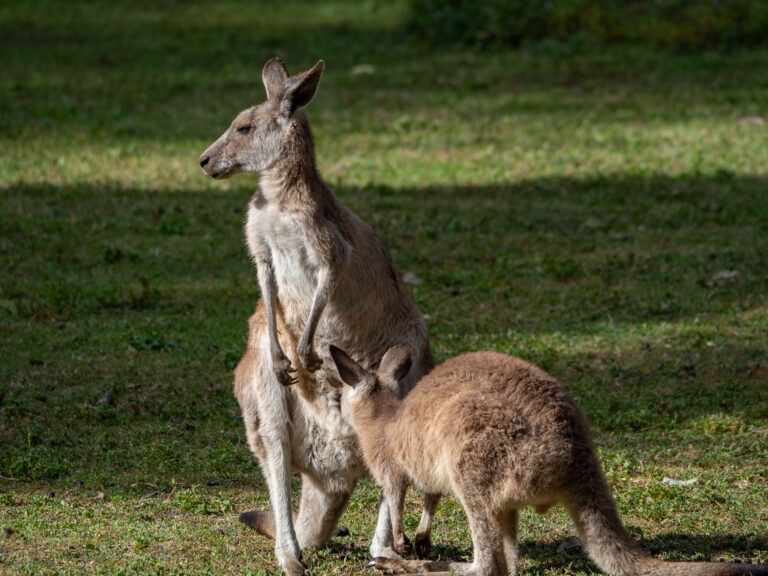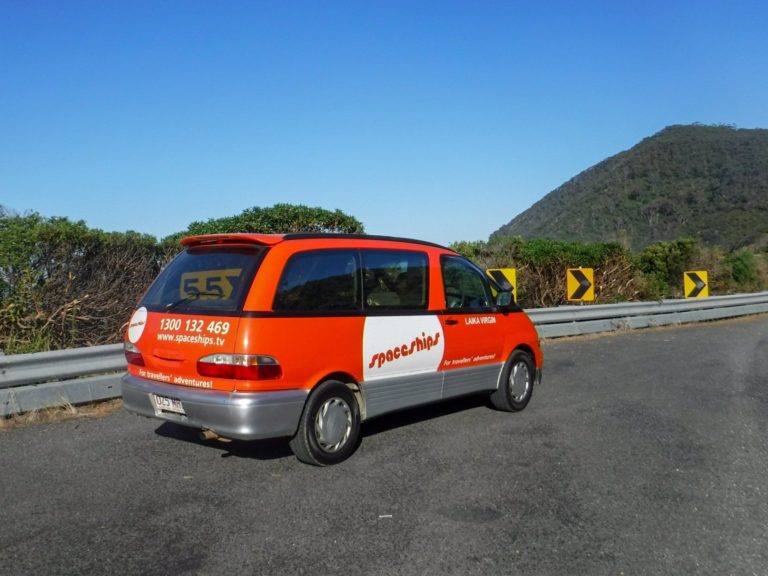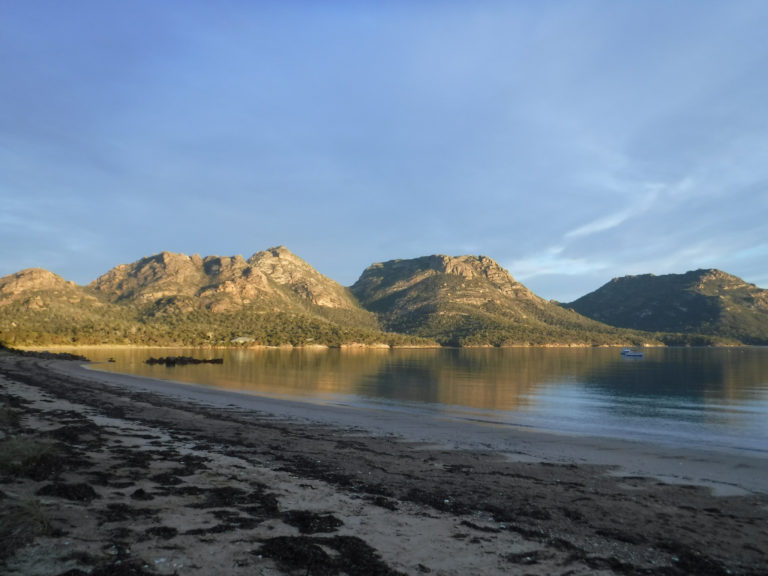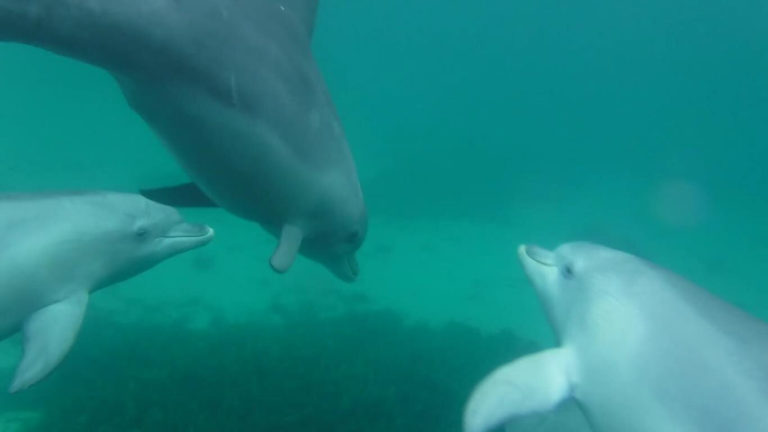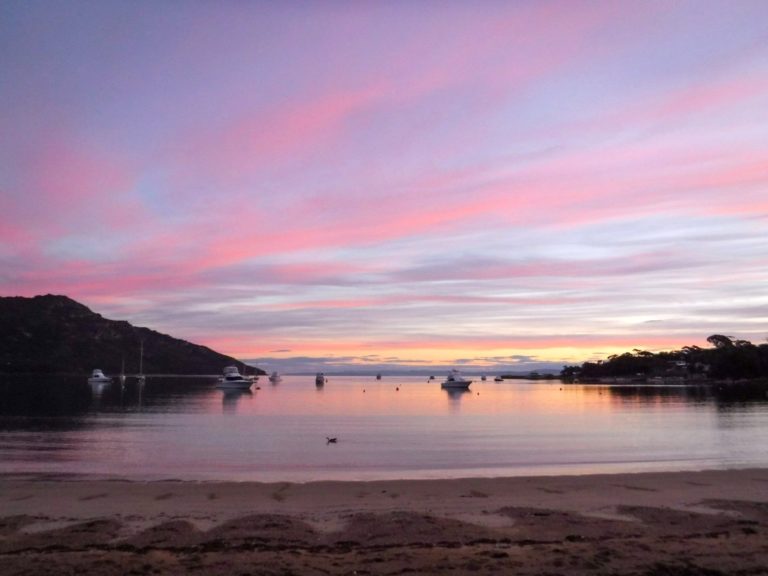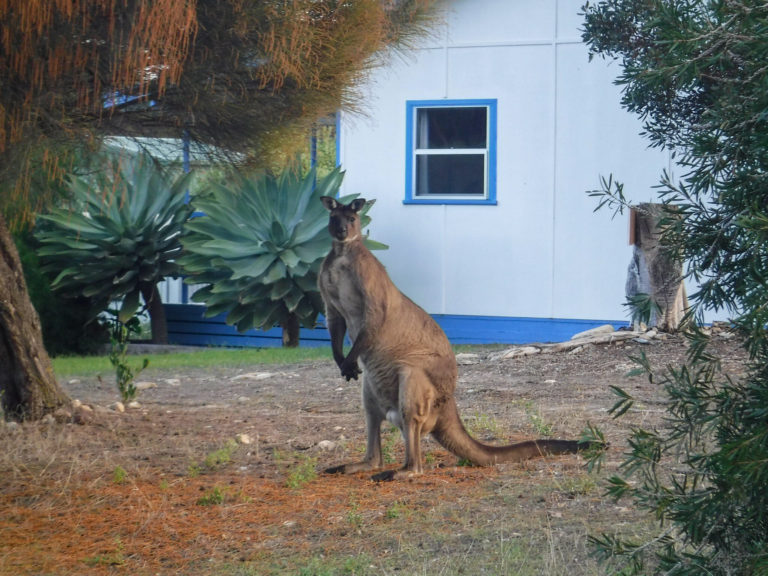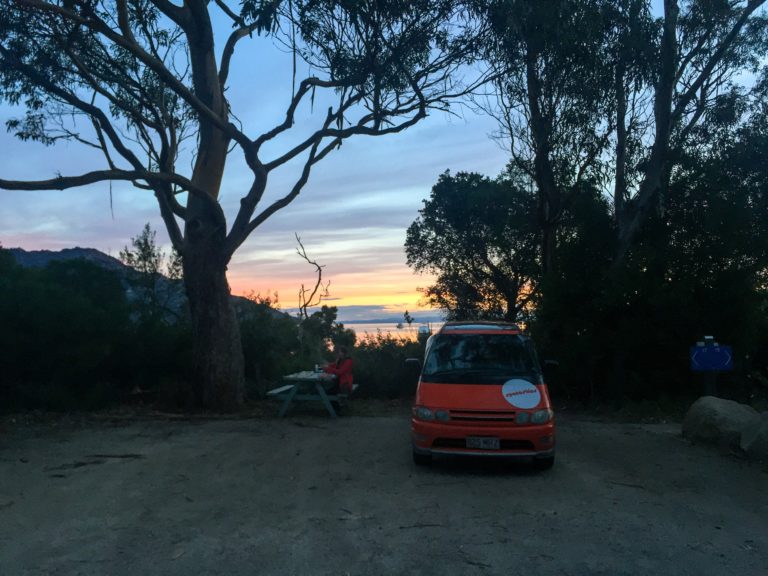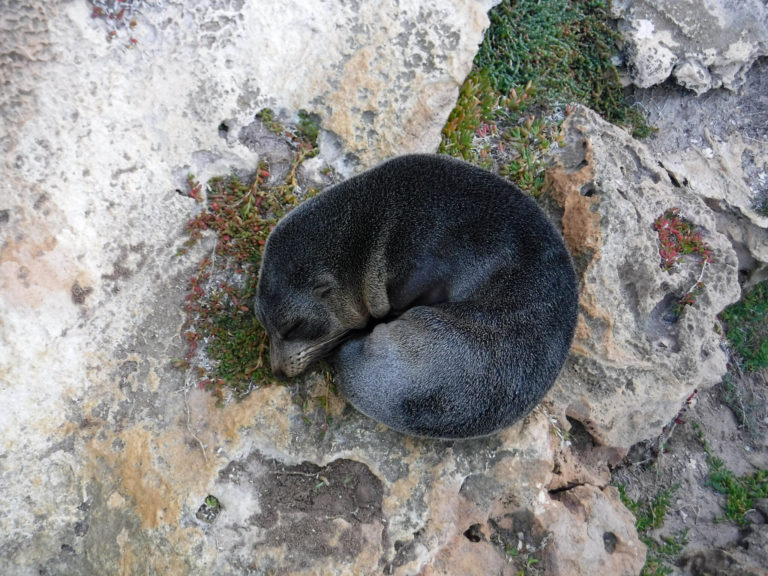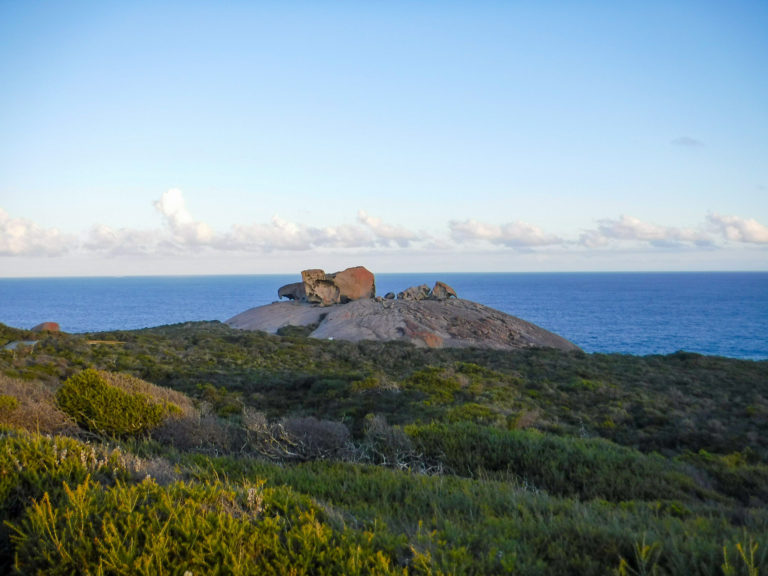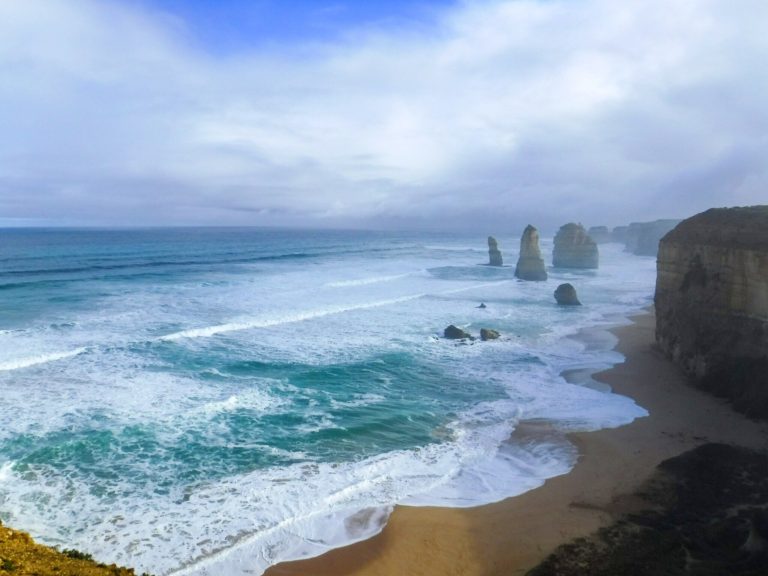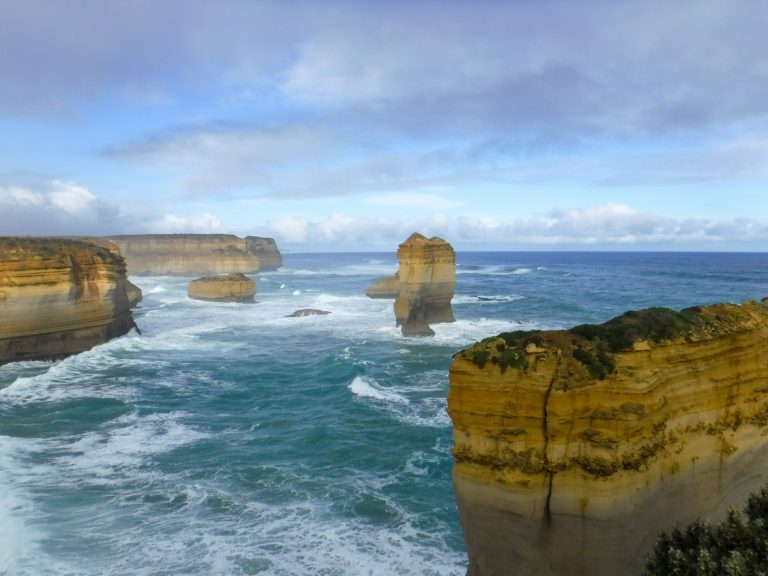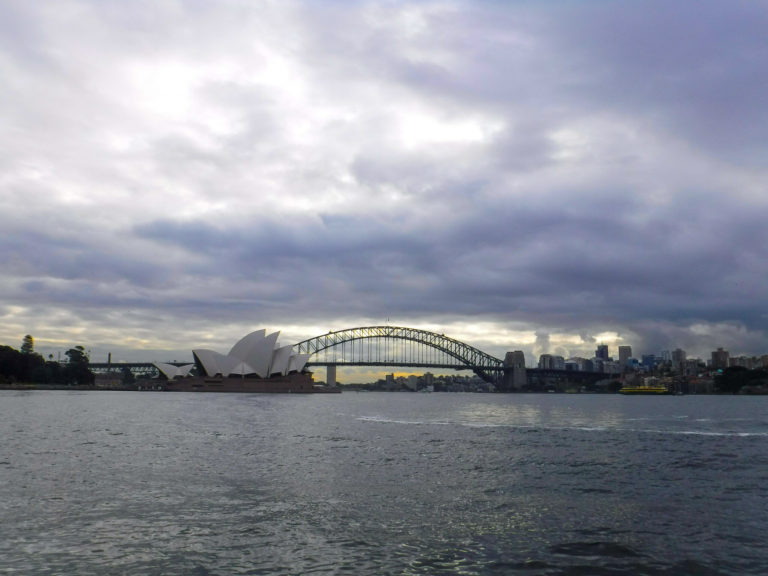The Thorough Guide to Kangaroo Island’s Flinders Chase National Park
The 8 Best Things to do, how to get there, what to know before you go, interactive map and more!
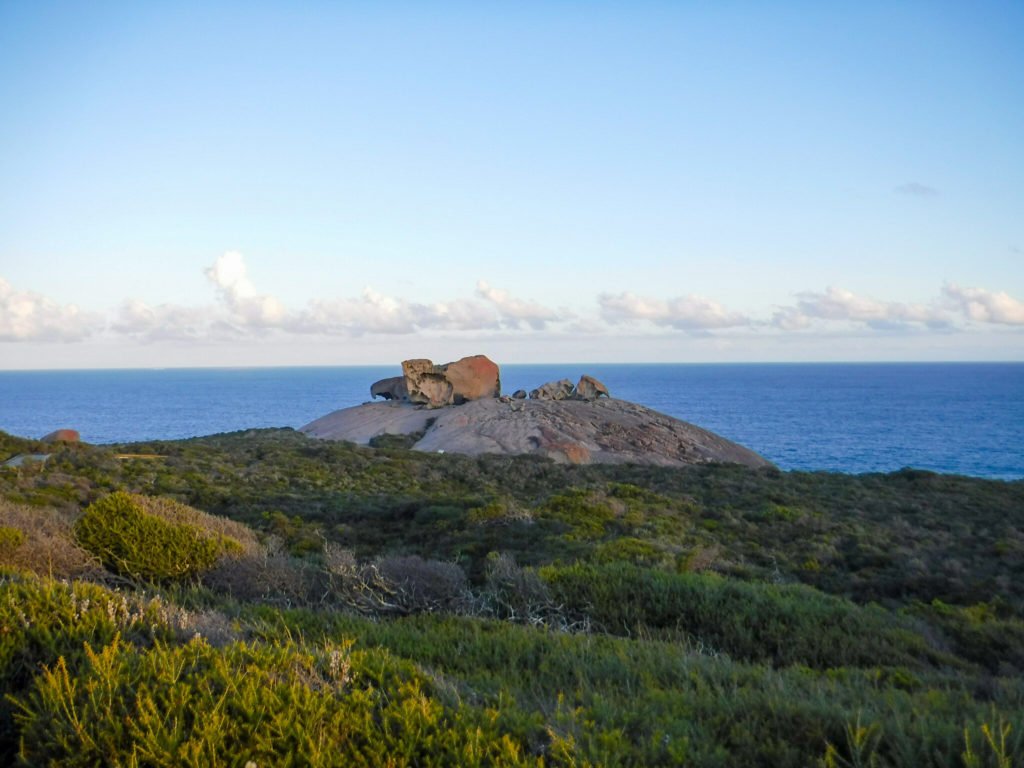
This post may contain affiliate links, which means we might earn a small commission on anything purchased through these links at no extra cost to you. Learn more on our disclaimer page.
Time needed: 1-3 days.
When to go: March-April for warmer weather, June-October to avoid the peak tourist season.
Weather: Averages of 7°C-15°C in the Winter and 15°C-25°C in the Summer.
Language: English.
Currency: Australian Dollar.
All prices in this article are in Australian Dollars.
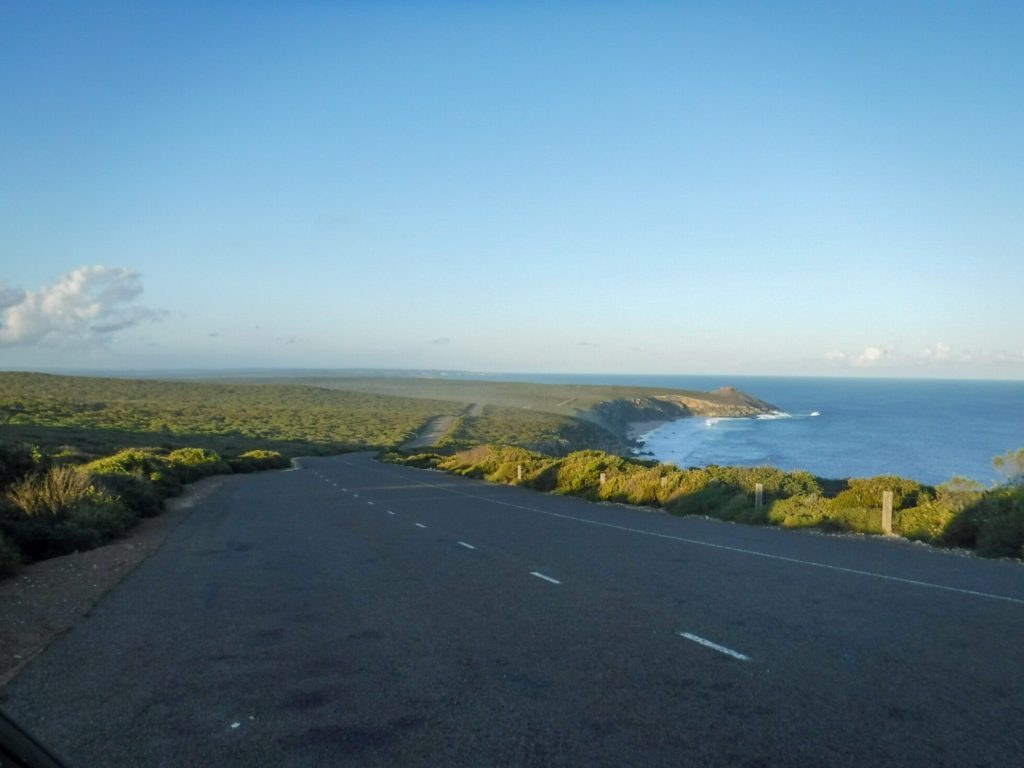
Where is Flinders Chase National Park?
Flinders Chase National Park and Ravine Des Casoars Wilderness Protection Area is a protected area at the west end of Kangaroo Island, about 110 kilometres from Kingscote. The Ravine des Casoars (literally Ravine of the Cassowaries) is a steep sided valley of 3 kilometres (1.9 miles) length and with a depth of 100 metres (330 feet).
Flinders Chase National Park is home to some of Kangaroo Islands most iconic sites, including the Remarkable Rocks and Admirals Arch. The park is open 24/7 with the Visitor Centre open 09:00–17:00 daily.
Unfortunately, the 96% of the park and much of its infrastructure was burnt in the devastating 2019-2020 bushfires. Thankfully a lot of the park is now recovering, with plants re-emerging and animal sightings increasing again.
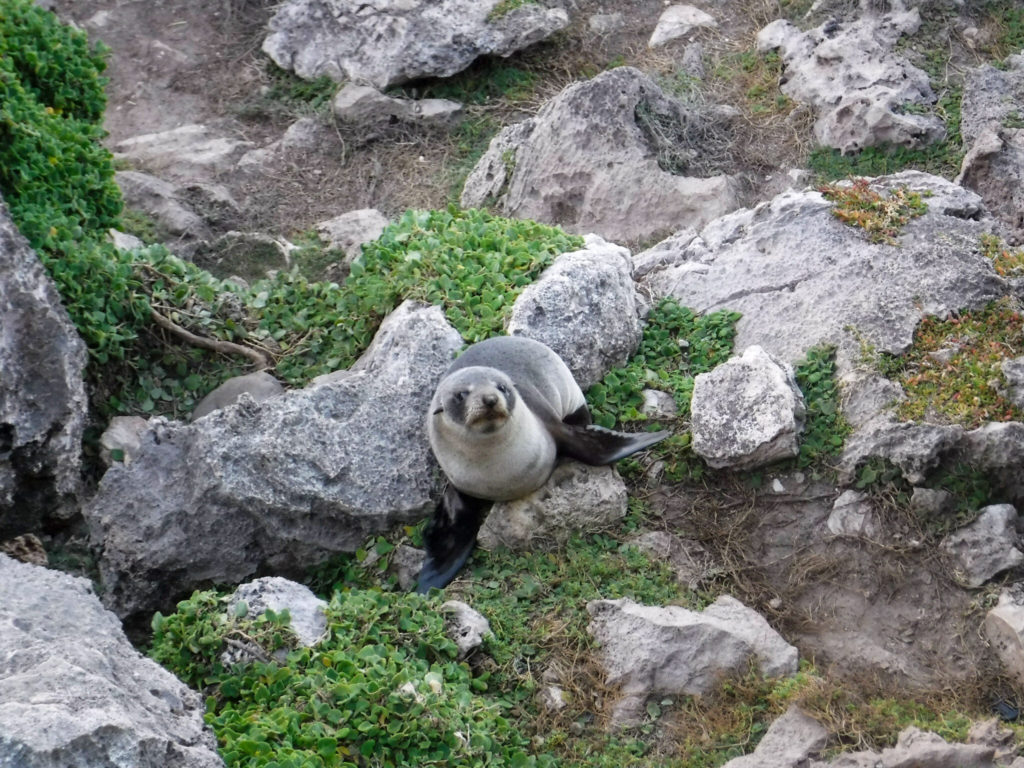
How much does it cost to visit Flinders Chase National Park?
Your journey will start at Flinders Chase Visitor Centre, where you can pay for entry, explore exhibits and pick up souvenirs.
Prices (AUD)
One Day Entry:
- Adult: $12.00
- Concession: $10.00
- Child: $6.50
- 1 Adult + 3 Children: $30.50
- 2 Adults + 2 Children: $30.50
Two Day Entry:
- Adult: $16.50
- Concession: $13.50
- Child (4-15): $10.50
- 1 Adult + 3 Children: $43.50
- 2 Adults + 2 Children: $43.50
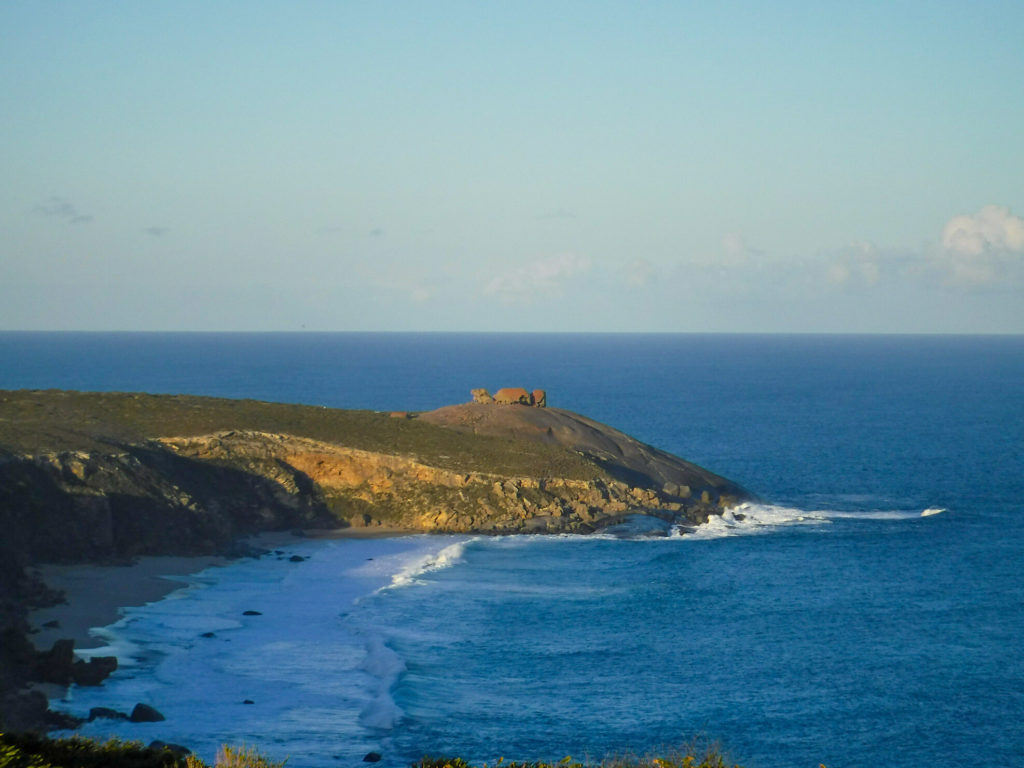
Things to do in Flinders Chase National Park
1) Remarkable Rocks
Formed 500 million years ago by rain, wind and the thrashing seas, the Remarkable Rocks is a collection of impressive, abstract granite rock formations.
This famous sight is accessible via a wooden boardwalk and a lot of fun to explore as you can walk right up to them. The rocks are tinted with lichen, giving them the iconic orange colour.
The best time to visit is early morning or early evening. This way you avoid the crowds, but also get to enjoy the stunning sunrises and sunsets that can be witnessed here.
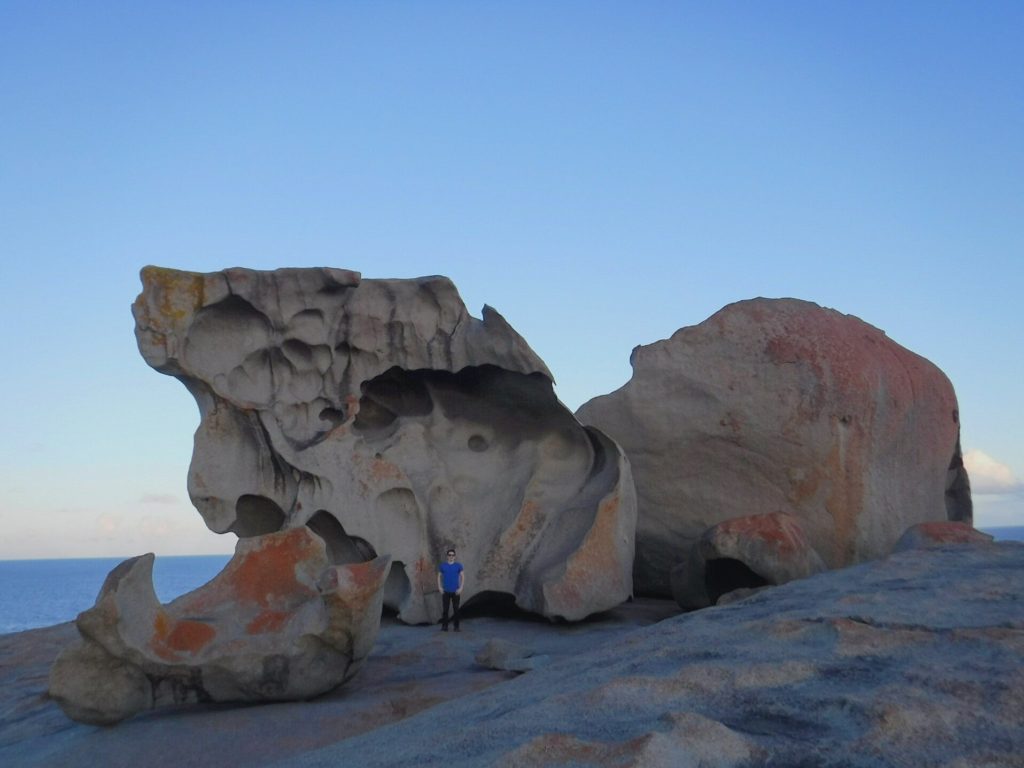
2) Admirals Arch
Admirals Arch is a natural rock arch that sits at the southerly tip of Flinders Chase National Park. The arch is accessed by a 1 km boardwalk from the car park, that leads to a set of stairs that take you right down to the cliff base.
This is also one of the best spots on the island for wildlife – a large colony of long-nosed New Zealand fur seals take residence here. You’re likely to see them lazing about in the sun on the rocks and playing in the sea.
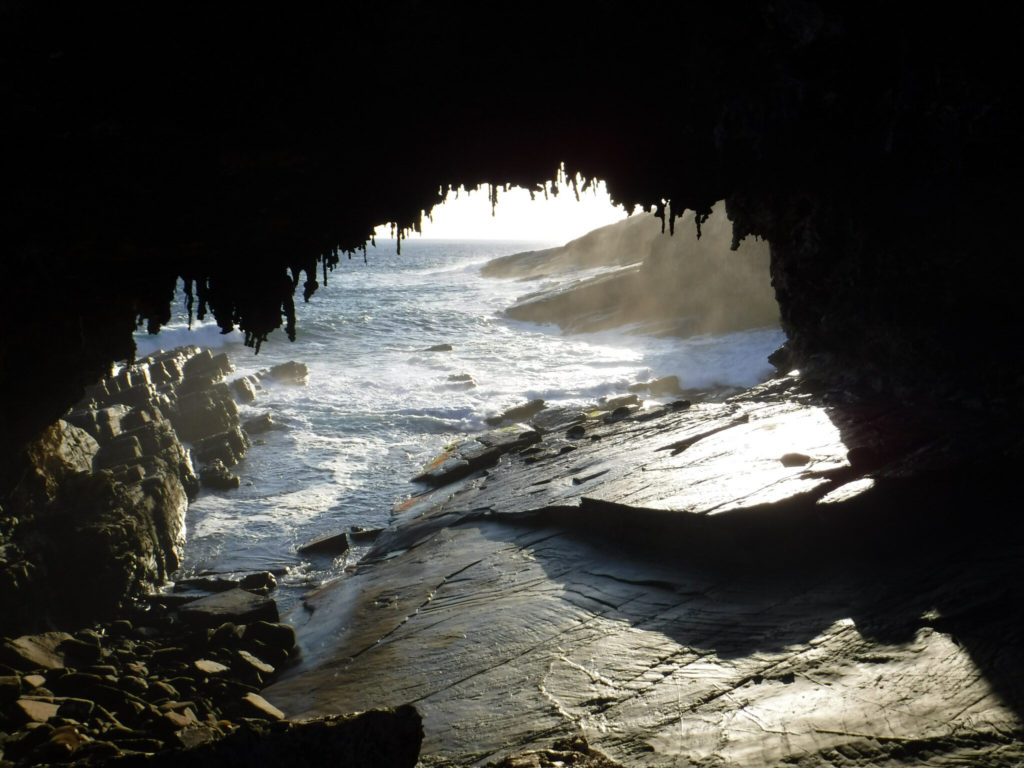
If visiting in the summer months, between December and February, you’ll often witness ferocious battles during fur seal breeding season and may even be lucky enough to witness the birth of a seal pup.
Admirals Arch sits on the Cape Du Couedic headland. You can spot fur seals all around the cliffs – it’s the best place to see them on the island!
Read next: Where to see Wildlife on Australia’s Kangaroo Island
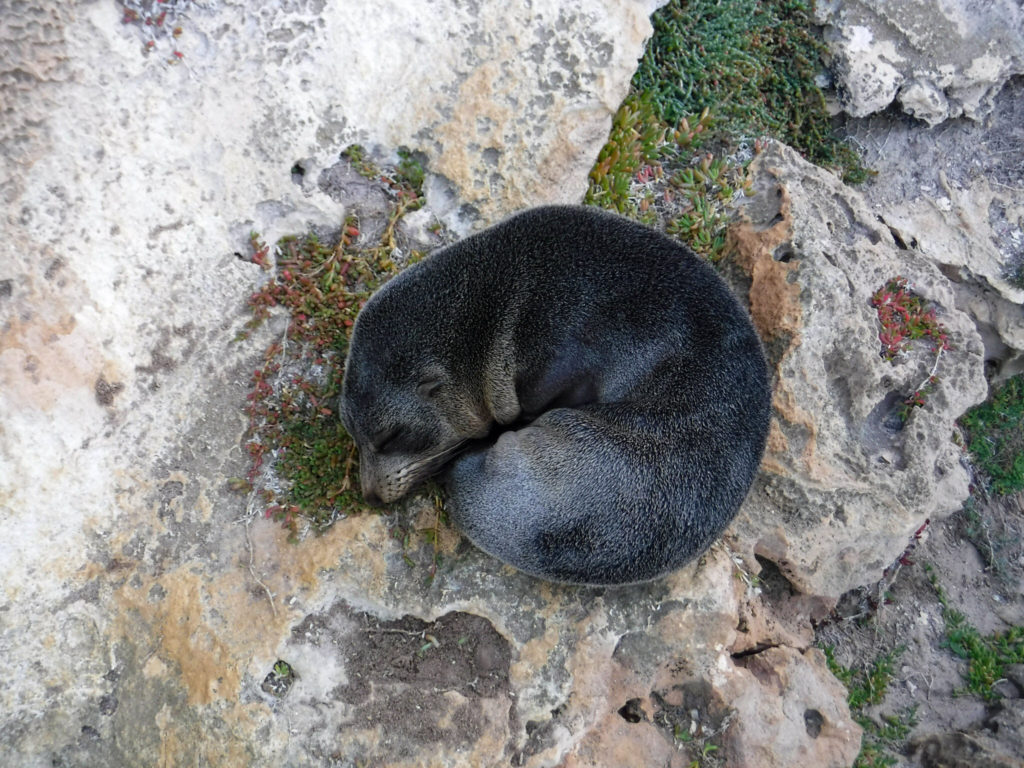
3) Cape Du Couedic
Cape Du Couedic is a headland on the southwest tip of Kangaroo Island and was named after a French naval officer, Charles Louis du Couëdic de Kergoualer, by the Baudin expedition to Australia during January 1803. Commissioned in 1902 after a number of shipwrecks nearby that caused many deaths, Cape du Couedic Lighthouse is one of two lighthouses in Flinders Chase National Park. It isn’t open to the public but you can go around the lighthouse and learn more about it from the interpretive information boards nearby.
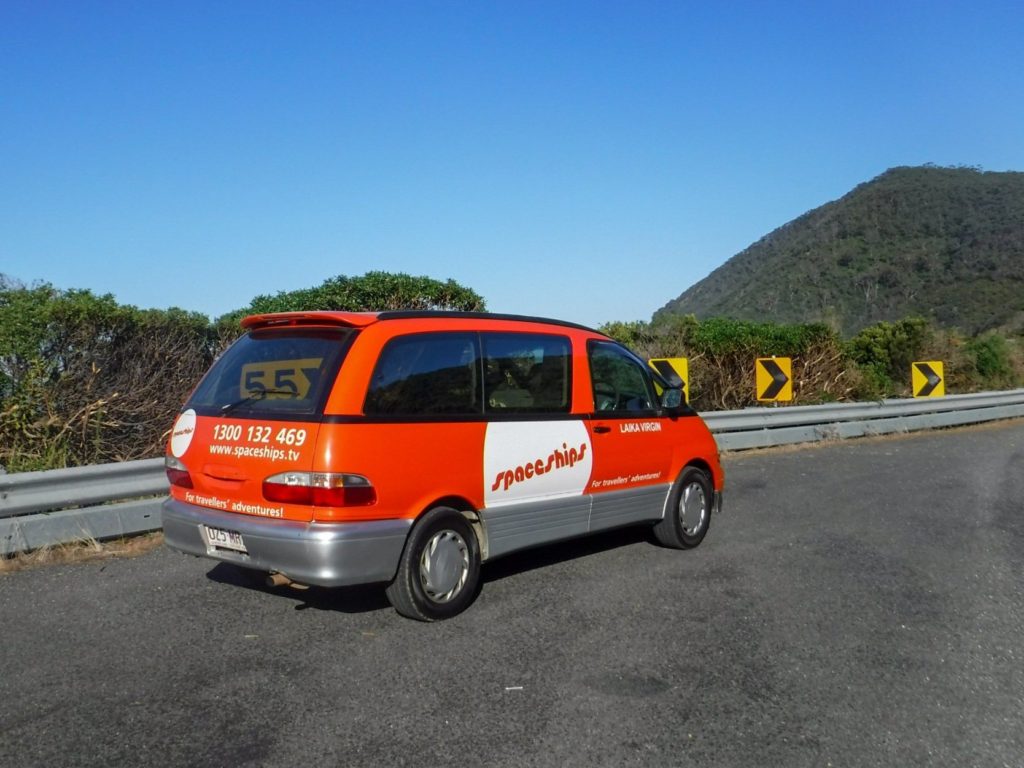
Looking for affordable accommodation with the freedom of having your own car?
Consider hiring a Spaceships Camper-Car! Each car comes fully equipped with all the living, cooking and sleeping facilities you need, plus you get unlimited kilometres, no one-way fees, free after-hours pick-up & drop-off service and 24-hour roadside service! Not only is it a bucket list experience to camp in Australia’s countryside, but a Spaceship is a great budget-friendly option for adventurers too. Pick up and drop off at Melbourne or Hobart to see the best that Tasmania has to offer.
Read next: Camping in a Compact Camper-Car in Australia
4) Cape Borda Lighthouse
This square-shaped lighthouse was built in 1858 and is the only square stone lighthouse in South Australia. Perched on cliffs overlooking Investigator Strait, Cape Borda Lighthouse is open Friday to Tuesday with guided tours available. Or you can simply visit the grounds and museum only at your own pace.
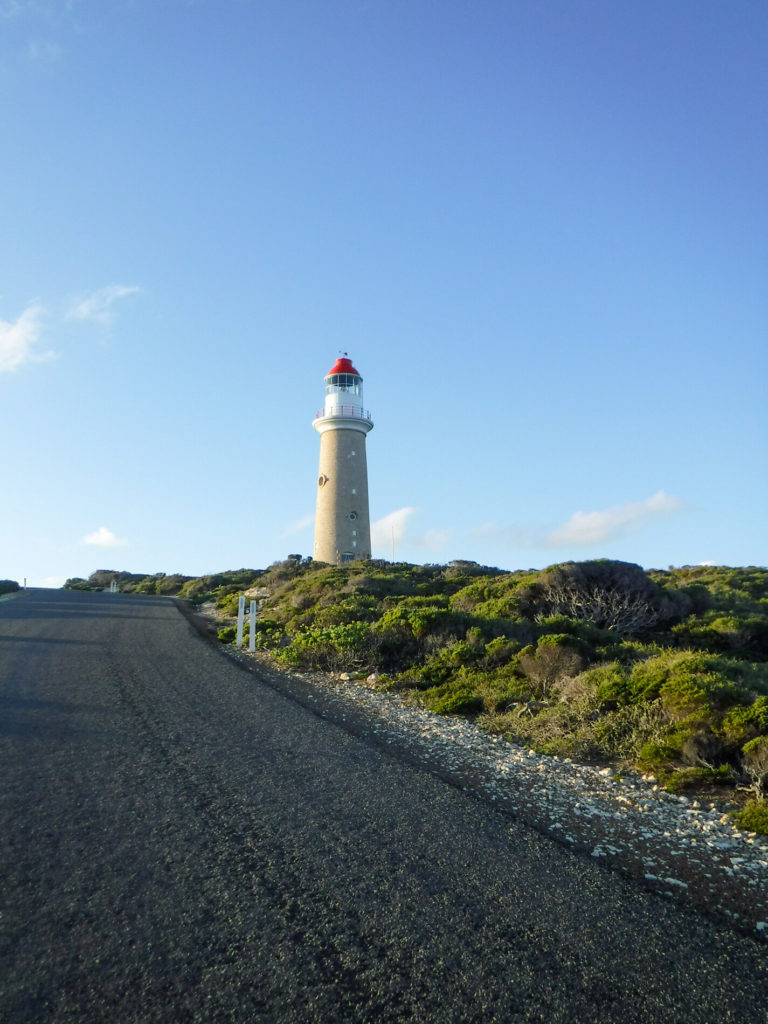
5) Weirs Cove Ruin
A 1.5km walk from Cape Du Couedic Lighthouse, Weirs Cove Ruin offers a peak into the lives of the Lighthouse Keepers and their families. This is the location where transported goods would be delivered and hauled up the 90 metre cliff face from the water a hundred years ago.
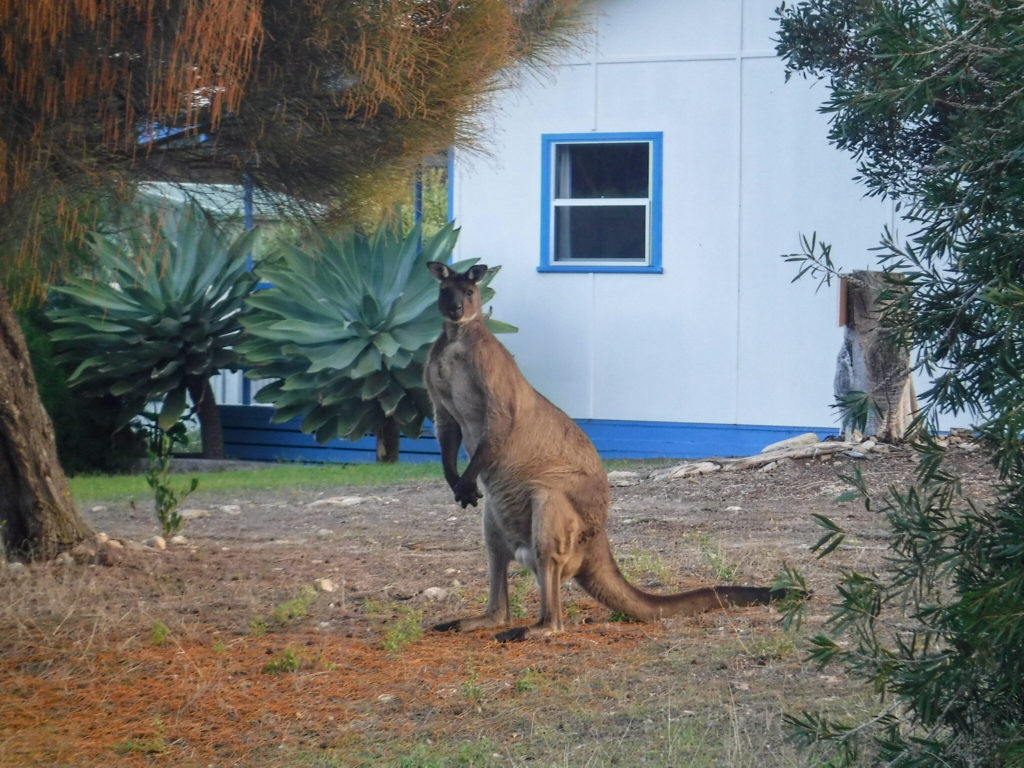
6) Whale Watching
Kangaroo Island is renowned for its abundance of wildlife, and one of the most exciting opportunities to see animals in the wild here is whale watching. Between mid-May and late October whales migrate from sub-Antarctic water to the comparatively warmer waters of the South Australian coast to calve and mate. Southern Right Whales are the most popular whale in the area, however there have been sightings of Sperm Whales, Humpbacks, Blue Whales and the occasional Orca too.
Here are some ideal vantage points to spot whales from land in Flinders Chase:
- Cape du Couedic Lookout (accessible only from the Cape du Couedic hike)
- Weirs Cove Lookout
- Admirals Arch Lookouts
- Cape Borda Lightstation
- Scott Cove Lookout

8) Hikes in Flinders Chase National Park
Due to the devastating 2019-2020 bushfires, many hikes and parts of the park still remain closed. Make sure you check which walks and trails have reopened before you go.
Some of the best hikes in Flinders Chase include:
- Discovery Walk (200 metres)Follow the interpretive signs to the Black Swamp lookout that will help you hone your wildlife spotting skills.
- Woodland Walk (1 km)Stroll through sugar gum woodlands and acacia thickets on this loop walk.
- Heritage Walk (1.5 km)Learn about the park’s cultural heritage and its early settlers on a loop walk with interpretive signs.
- Platypus Waterholes Walk (4.5 km)A return walk to the waterholes where you may see a platypus or two.
- Cape Du Couedic Hike (2 km)A spectacular coastal cliff top walk with interpretive signs. Learn about the park’s coastal vegetation and maritime history.
- Snake Lagoon (4.2 km)This trail winds through sugar gums and mallee before descending into the Rocky River valley. Lookout for platypuses and enjoy spectacular views through the valley and across the Southern Ocean.
- Ravine Hike (7 km)Explore the Valley of the Cassowaries, named after the now extinct dwarf emu. Follow the river in the shaded valley to a remote sandy beach.
Serious hikers can enjoy the Kangaroo Island Wilderness Trail, a 61km, five-day trek along headland trails with ocean views, plus encounters with kangaroos & koalas. The best time to do this trek is between March and November and bushwalking experience is recommended.
The Kangaroo Island Wilderness Trail suffered significant damage in the 2019-2020 bushfires. In the first steps of recovery, a modified Kangaroo Island Wilderness Trail has reopened for walkers hosted by licensed tour operators.
Useful maps:
Flinders Chase National Park Map – Ravine des Casoars Wilderness Protection Area
Flinders Chase National Park Map – Cape du Couedic (Admirals Arch) to Remarkable Rocks
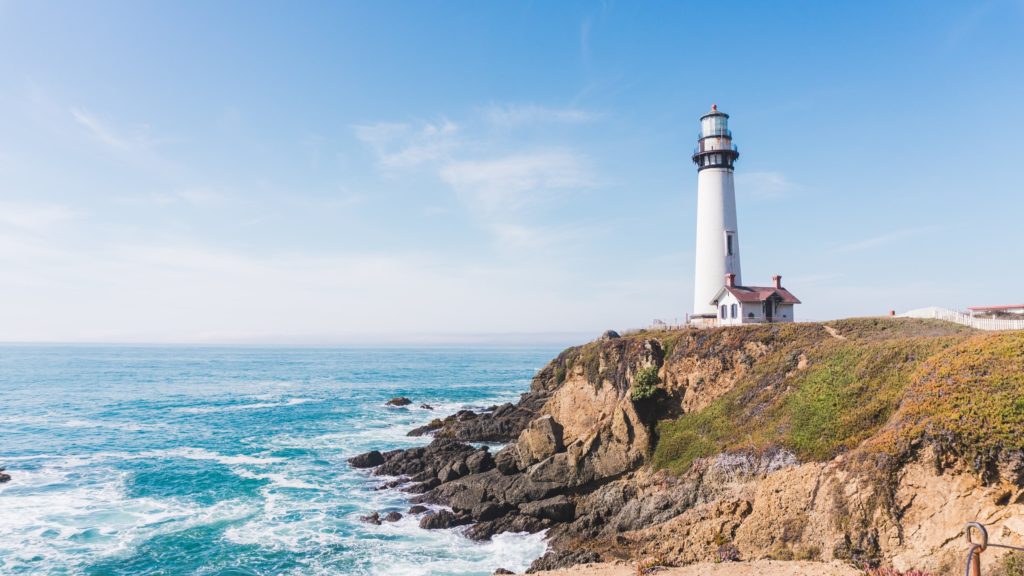
Flinders Chase Accommodation
There’s a variety of accommodation and hotels on the island, from budget to luxury, camping to eco retreats and everything in between. We recommend hiring a campervan and camping. It’s the best way to connect with nature and the cheapest accommodation option. Read more about our experience with Spaceships here.
Use the red pins in the map below to see where to stay and read our article Where to stay on Australia’s Kangaroo Island for more!
Interactive Kangaroo Island Map
What to know before you go
Food and drink
There is no food or drink available for purchase throughout the park so make sure you pack enough water and food for your visit. Vivonne Bay General Store is the closest supplier of food, drinks and fuel and the Western KI Caravan Park sells basic food, drinks and ice cream. There are also no bins so take your rubbish with you and leave no trace.
Roads and driving
Take care when driving at all times and particularly at dawn and dusk, as this is when animals are most active. If you can, avoid driving at night. Be aware that the condition of gravel and dirt roads is unpredictable so drive slowly. You must stop your car off the road before you take photos and remember to drive on the left in Australia!
Laws and rules
The use of drones in Australian national parks is strictly prohibited to protect the wildlife within. Pets, including dogs, are not permitted in the park. Maintaining the legal distance from marine mammals such as whales, dolphins and seals is important, both for our safety and that of the animals.
You must pay the entry and camping fees or risk fines.
Facilities
Telstra is the only phone carrier which provides coverage, however it can be patchy and unreliable, especially if you are in low-lying areas. There is a 24-hour wifi payment hotspot at Rocky River, 5 km inside the park entrance, but given the remote location the connection can be slow and it’s best to pay day entry before you go.
NPWS staff are in the park daily from 09:00-17:00.
The park has limited toilets.
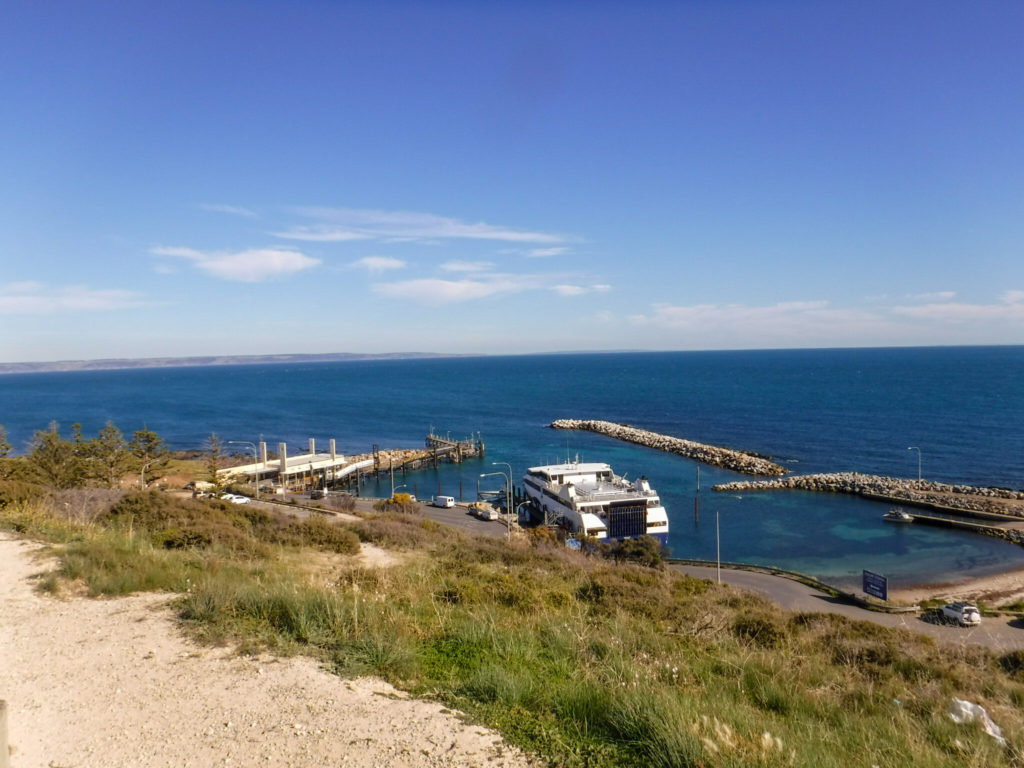
Read next:
The Thorough Guide to Australia’s Kangaroo Island
Where to stay on Australia’s Kangaroo Island
Camping in a Compact Camper-Car in Australia
The Best Places to see Wildlife on Australia’s Kangaroo Island
Check us out on social media!
